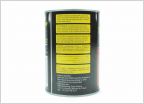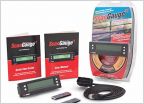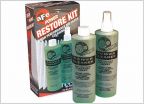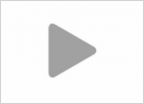-
Welcome to Tacoma World!
You are currently viewing as a guest! To get full-access, you need to register for a FREE account.
As a registered member, you’ll be able to:- Participate in all Tacoma discussion topics
- Communicate privately with other Tacoma owners from around the world
- Post your own photos in our Members Gallery
- Access all special features of the site
How-To: 1GR-FE Supercharger Installation
Discussion in 'Technical Chat' started by SManZ, Jul 9, 2010.
Page 1 of 6
Page 1 of 6


 Cost of Transfer Case Fluid
Cost of Transfer Case Fluid Auto Trans temp question
Auto Trans temp question AFe Pro Dry cleaner solution
AFe Pro Dry cleaner solution Sound effect switch in cab? Wiring?
Sound effect switch in cab? Wiring?

































































